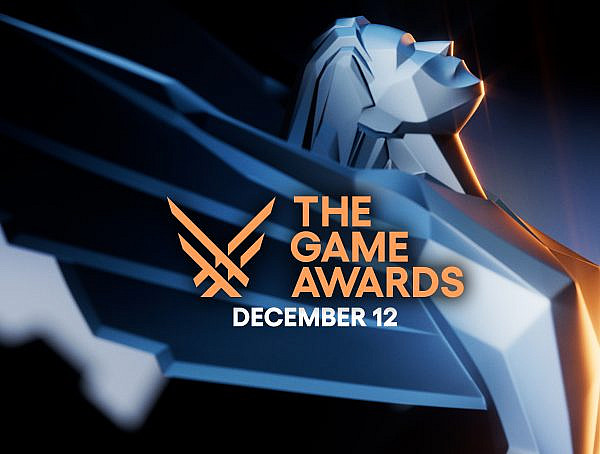In their article, Michael S. Debus, José P. Zagal, and Rogelio E. Cardona-Rivera propose a system, a typology for classifying and describing different imperative goals in games. The model they created consists of three levels: Ultimate goals, imperative goals (the focus of this article), and contingent goals. The ultimate goal describes the end state, like winning or finishing, which the player is trying to achieve. Below are the imperative goals that describe mechanical in-game objectives that the player is given: reach a location, remove an enemy, choose a path, etc. The third level is the contingent goals, or “gameplay”. These are smaller moment-to-moment actions and goals that describe how the player is trying to reach the imperative goal(s).
In this study, ten imperative goals were found and agreed upon: Choose, Configure, Create, Find, Obtain, Optimize, Reach, Remove, Solve, and Synchronize. The authors found that these ten goals can be used to describe games of great variety. Not only video games but also other types of games, like board games, role-playing games, etc. One game can make use of one or more of these goals. It is also possible that an imperative goal is to prevent any of these goals. In competitive games, players have their objectives but they can also stop other players from reaching said goals. The authors also note that their method excludes player-made goals, such as social relationships in Massively Multiplayer Online games (MMO). The imperative goals used in this article focus solely on the mechanical systems presented by the developer in the form of game and level design.
To find the ten imperative goals, qualitative methods were used to analyze 34 games. Some games had multiple modes which brought the total number of games observed to 46. The initial study consisted of gathering information on the games, playing them, and watching gameplay videos of them. Questions such as “What does the player need to do to win/finish/prolong their play?” were used to find objectives and goals that the player must complete. Eventually, a pool of 126 goals was gathered. Afterward, all material and representative elements were removed, meaning “eat the dots” in Pac-Man becomes “remove object” for example. This process was repeated until the final ten imperative goals were found.
The model the authors have created aims to provide a basic categorization of imperative goals in games. With this model, it is possible to describe any objective in a game by using any of the ten imperatives, or a combination of them. One of the issues in game studies has been that people use different words to describe the same things in games, or sometimes one word to mean different things, as there is no consistent system for discussing goals in video games.
The article: Debus, M. S., Zagal, J. P., & Cardona-Rivera, R. E. (2020). A typology of imperative game goals. Unpublished Manuscript.
From: http://gamestudies.org/2003/articles/debus_zagal_cardonarivera
Title image taken by the author. Game: Metro 2033 Redux
You might also like
More from Game Research Highlights
How do you want to do this? – A look into the therapeutic uses of role-playing games
Can playing RPGs contribute positively to your wellbeing? A recent study aims to find out how RPGs are being used …
Eldritch horrors and tentacles – Defining what “Lovecraftian” is in games
H.P. Lovecrafts legacy lives today in the shared world of Cthulhu Mythos and its iconic monsters. Prema Arasu defines the …
Are Souls Games the Contemporary Myths?
Dom Ford’s Approaching FromSoftware’s Souls Games as Myth reveals the Souls series as a modern mythology where gods fall, desires …















